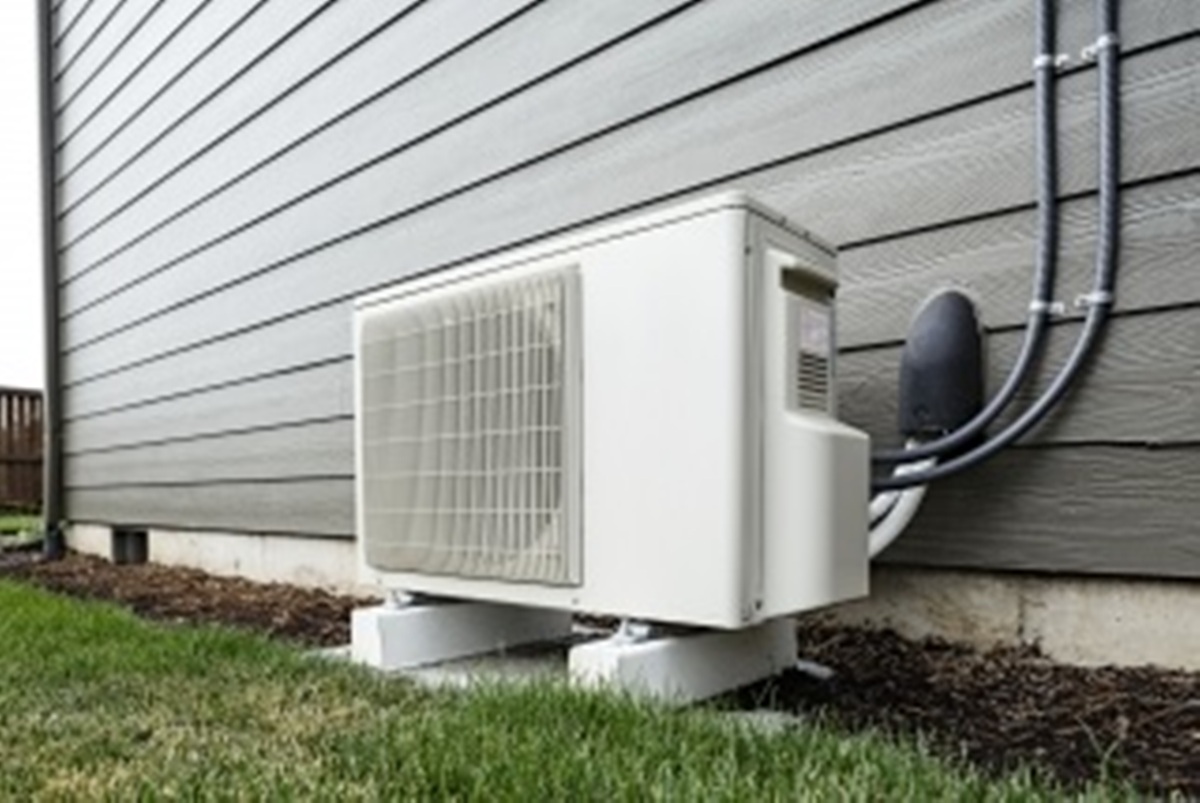
The global market for rheumatoid arthritis treatments is expected to grow at a CAGR of...
Learn More
Our consulting solutions address company specific challenges with respect to micro environment...
Learn More
Organizations frequently need day-today research guidancein order to gain strategic...
Learn More
Exploring different areas of market research and market analysis is a key factor...
Learn MoreAcute Market Reports presents the most extensive global business research services across industries. Our research studies focus on potential outcomes, benefits, and risks associated with each market segment across geographies. Having served our global clients for more than 10 years, our prime priority is to enable our clients in making well-informed business decisions through a data-driven, analytical, and uncomplicated research approach.
We provide access to the world's most comprehensive, analytical, and updated business intelligence services and solutions.




Automotive cameras, also known as car cameras or vehicle cameras, are specialized electronic devices designed for use in automobiles. These cameras are integrated into various parts of a vehicle to capture visual information from the vehicle's surrou...
Read More
The laxative market plays a crucial role in providing relief from constipation and related gastrointestinal issues. The laxative market is expected to grow at a CAGR of 6.1% during the forecast period of 2025 to 2033, driven by increasing health awar...
Read More
The ductless heat pump market is expected to grow at a CAGR of 10% during the forecast period of 2025 to 2033. The ductless heat pump market encompasses systems that provide heating and cooling without the need for extensive ductwork. These systems, also known as mini-split, multi-split, or varia...
Read More




